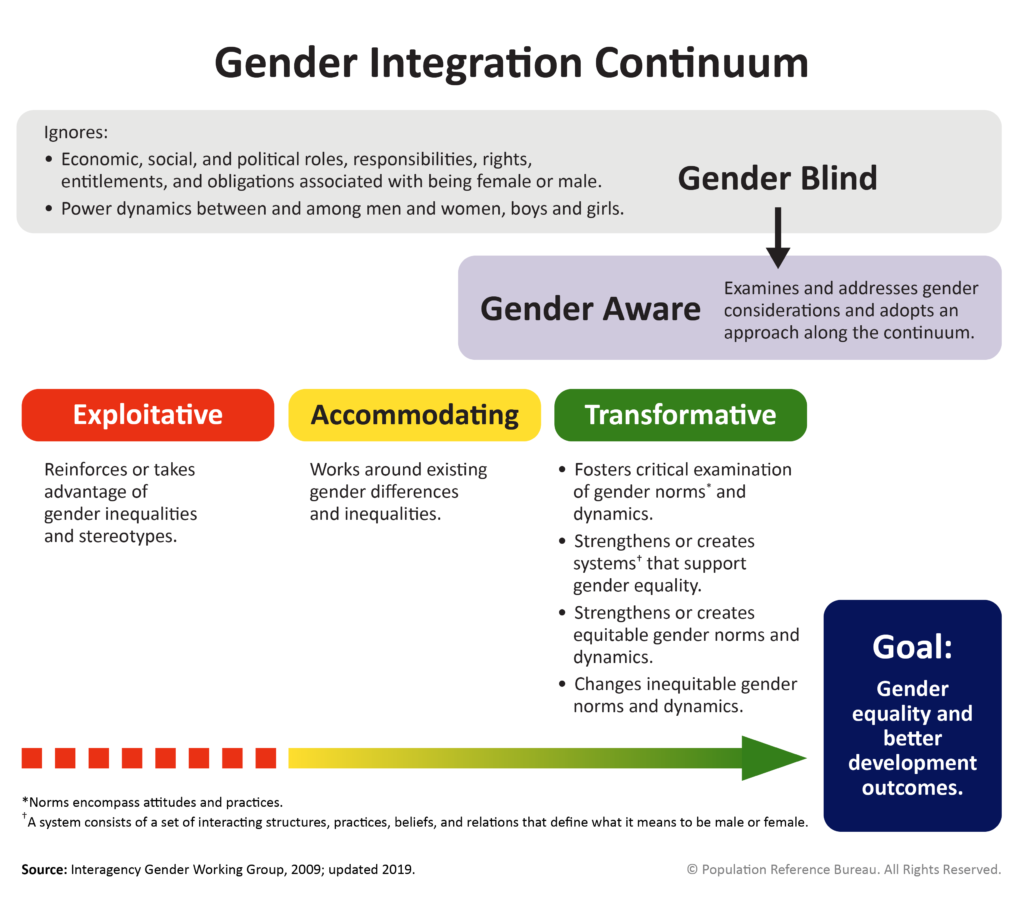This brief describes evidence-informed concepts, tools, and strategies that Project SOAR used to help DREAMS (Determined, Resilient, Empowered, AIDS-free, Mentored, and Safe) implementing partners in five countries design girl-centered programming, and discusses the lessons learned in fostering innovation among partners. The DREAMS Partnership aims to significantly reduce HIV infections among adolescent girls and young women and go beyond the health sector to address structural factors...Read More
Report
Can Cash Transfers in Humanitarian Contexts Help Prevent, Mitigate, and Respond to Gender-Based Violence? A Review of the Evidence
This report summary seeks to build evidence on how cash transfer programming (CTP) can help prevent, mitigate, and respond to gender-based violence (GBV). New jointly-undertaken research by the WRC and the IRC outlines existing evidence on CTP and the prevention and mitigation of and responses to GBV in humanitarian settings, and recommends priority areas for future research.Read More
A Gendered Approach to Positive Girl and Boy Development: Key Outcomes and Recommendations of the 2018 Gender 360 Summit
FHI 360’s 5th global Gender 360 Summit brought together nearly 400 people from more than 25 countries to engage on a range of topics related to positive girl and boy development. Implicit in the summit’s recommendations is the idea that girls, boys, and youth of diverse gender identities must participate fully in all stages of international development, and be the drivers and agents of change.Read More
Women’s Economic Empowerment and Access to Women’s Health Services
Support for women’s economic empowerment and entrepreneurship around the world is gaining considerable momentum, manifested in recent U.S. government and World Bank initiatives. This brief highlights the main areas of work and how to improve collaborative efforts in the United States.Read More
New Interactive Reports on Women’s Economic Empowerment
Two new interactive reports, the "Women's Workplace Equity Index" and "Growing Economies Through Gender Parity," highlight barriers to closing the gender gap in the workforce and how removing these barriers could lead to global economic growth. Read More
Can Big Data Be Used for Evaluation?
A new study conducted by UN Women examines the feasibility of leveraging big data sources, such as Facebook, Twitter, and radio data, to improve the evaluation of gender equality and women's empowerment initiatives. Read More


